What Herbs There Are, and When You Can Use Them
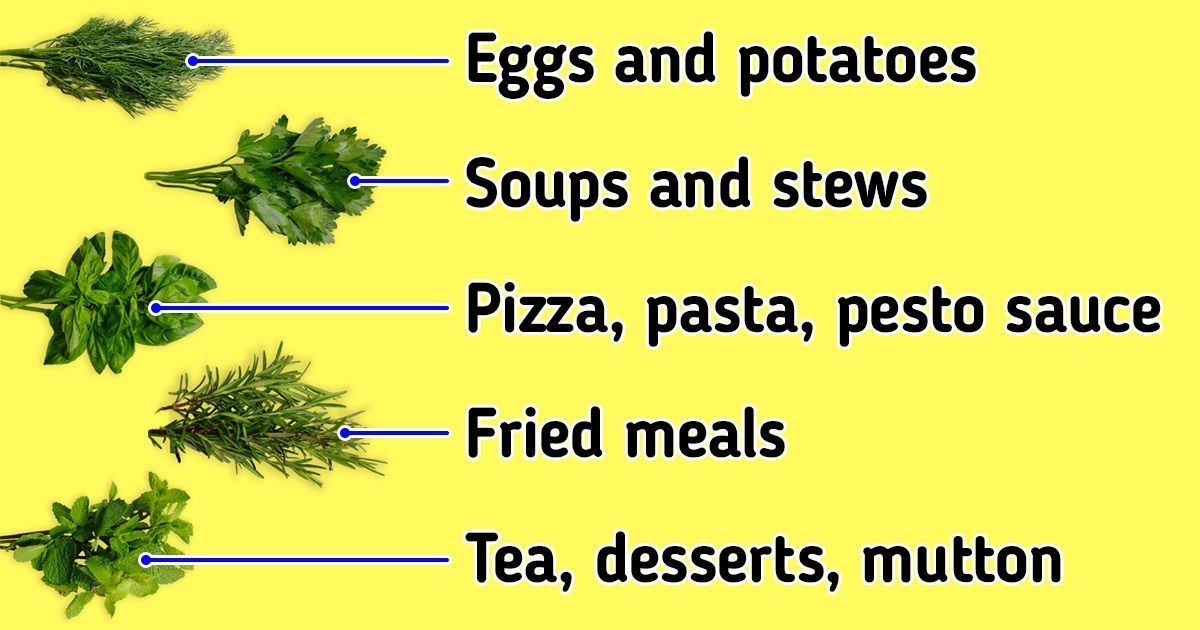
Herbs are edible plants you can use in cooking. They make meals smell nice and give them new flavors.
5-Minute Crafts made a compilation of 10 popular kinds of herbs. We’re going to tell you what they taste like and which meals they are good for.
1. Dill

Dill is a tall plant with thin stems and soft leaves that look like hair. The color varies from green to green-blue.
Dill should be added at the end of cooking a meal because it often loses its flavor when cooked. If possible, use fresh dill instead of dried because the latter has almost zero taste.
Taste: It’s light, grassy, earthy, and a little spicy.
Meals: Dill is often added to mixes for marinades. It’s often used in salads, eggs, and potatoes. Additionally, fresh dill is great with fatty ingredients, such as cream cheese, mayo, and sour cream.
Dill is often used in Scandinavian cuisine and it’s a necessary component of salmon gravlax, a very popular meal.
2. Parsley
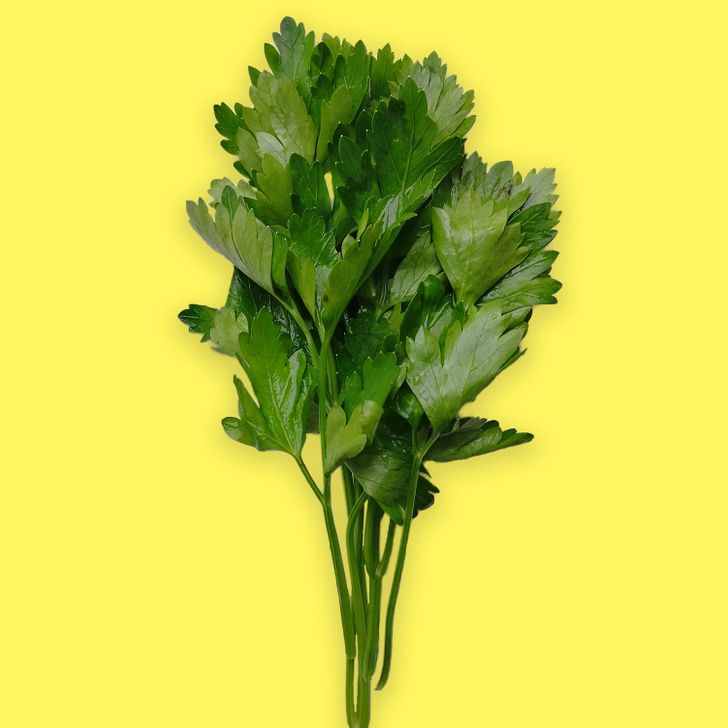
3. Coriander

Coriander looks a lot like parsley because they are in the same family of plants. But the leaves of coriander are smaller, softer, and have a different smell — it’s spicy and a bit “soapy.”
Coriander leaves are often used fresh and added at the end of the cooking process. Also, the seeds are used to make the spice.
Taste: It is rich with hints of citrus.
Meals: It is often used in Mexican cuisine because it’s really good with spicy foods. For example, coriander is added to salsa, guacamole, and ceviche. It’s also used in breakfasts with eggs, chili, and avocado. Additionally, coriander is used in Asian cuisine where it’s often combined with mint. It’s added to salads, broths, soups, and curry.
4. Basil

There are different types of basil. Very often, it’s green with big leaves — and Thai basil has long leaves that look like mint.
Taste: It is spicy, rich, and has notes of licorice and clove.
Meals: Basil is used a lot in Italian dishes, like pizza, pasta, salad, omelets, and different meals with meat. It’s also the base of pesto sauce, which is also made with olive oil, parmesan, and pine nuts.
Basil is a great choice for cooking experiments. It goes great with tomatoes, mozzarella, garlic, eggplant, seafood, and even strawberries.
5. Rosemary
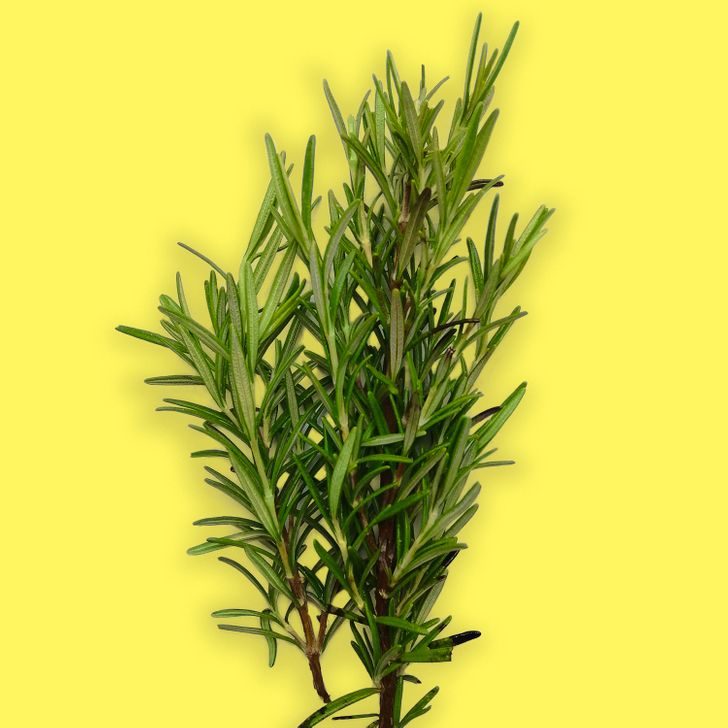
Rosemary smells a bit like a Christmas tree. You can use both parts of the plant for cooking.
Taste: It is spicy and astringent.
Meals: Rosemary can be used with fried meat, potatoes, and fish, soups, tomato sauces, and vegetable meals. The herb is also really good for focaccias and stews. Rosemary stems can even be used for grilled meat to give it an elegant pine needle flavor.
6. Thyme
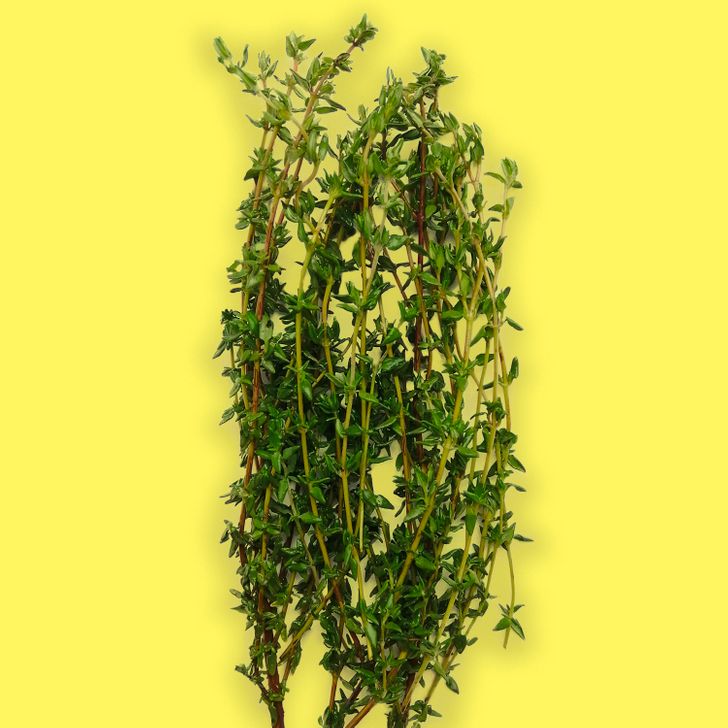
Thyme can be recognized thanks to its spicy flavor, and pale-green leaves that, like rosemary needles, grow on strong stems.
Taste: It is sharp, spicy, and flowery with hints of mint.
Meals: It can go well with soups, (especially minestrone), stews, sauces, vegetables, meat, poultry, and fish. The taste is really sharp, so it’s used in small quantities and combined with other herbs, such as parsley or rosemary.
7. Sage
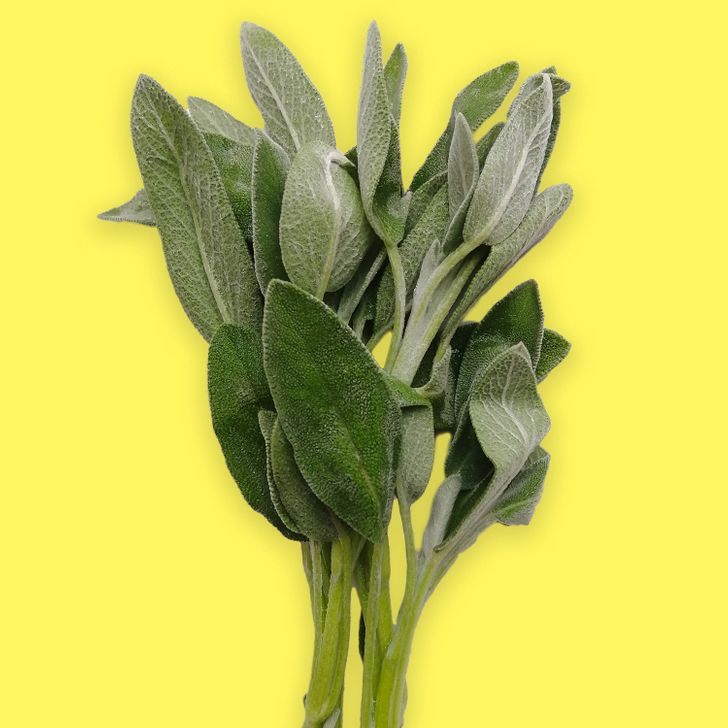
8. Tarragon
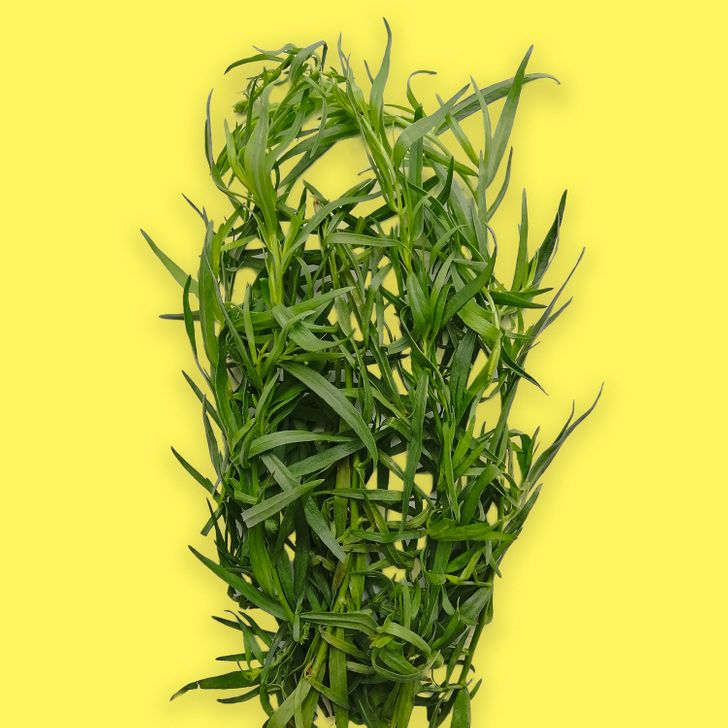
Tarragon has shiny, long, pointed leaves with an anise flavor.
Taste: It is rich with bittersweet anise and licorice notes.
Meals: It can be added to soups, stews, eggs, vegetables, and seafood. It’s also pairs well with tomatoes and potatoes, and it’s the key flavoring component of béarnaise sauce.
9. Mint
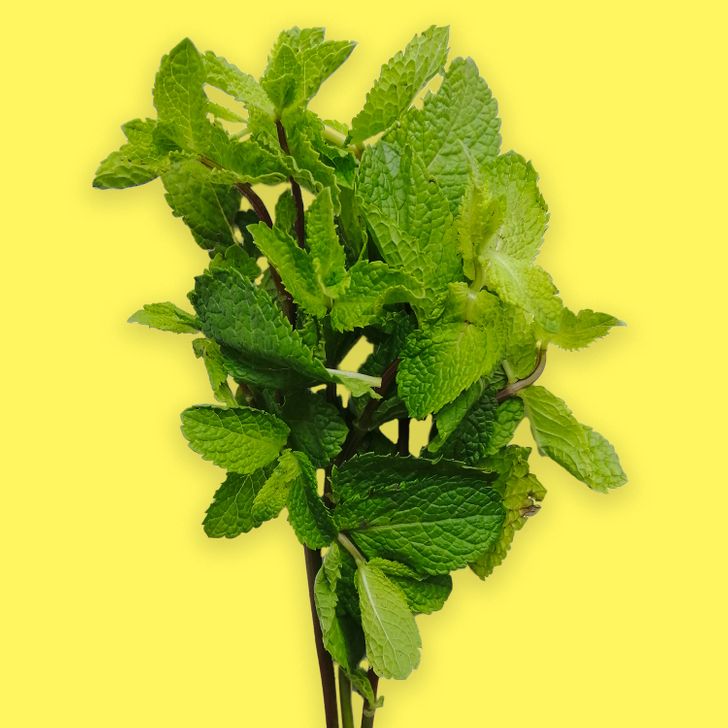
Mint is easy to recognize thanks to its rough green leaves and distinct smell. It’s so bright that mint essential oil is often used in perfumery.
Taste: Peppermint has a cold sensation because there’s a lot of menthol in it.
Meals: Mint is popular in Thai cuisine and other cuisines of the Middle East. It’s often used in meals with mutton, dessert, and sauces. Additionally, fresh leaves are often used to make tea and cold drinks.
10. Melissa

Melissa is a popular garden plant with a pleasant lemon smell. Both the leaves and the stems are used in cooking.
Taste: It is bright, citrusy, and sweet, with the notes of mint and lemon.
Meals: It can be used in desserts (like biscuits), sauces, salads, and seafood. Melissa is often added to herbal teas.